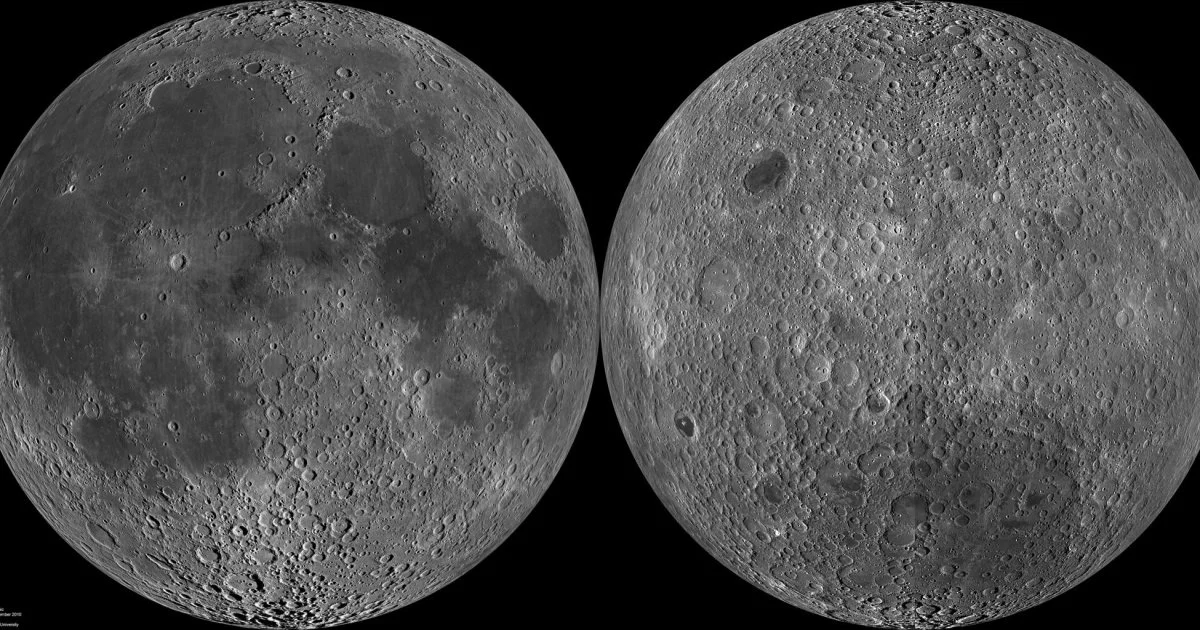The near and far sides of the Moon are so different from each other, and no one is sure why. New lunar samples could confirm a wild theory.
KEY TAKEAWAYS
Although even our pre-human ancestors were familiar with the near side of the Moon, we didn’t get our first glimpse of the lunar far side until 1959, and wow, is it surprisingly different.
Unlike the near side, it’s practically devoid of lunar maria, and instead is filled with mountainous, high-altitude, heavily cratered highlands. Even in 2024, no one is sure as to why.
However, humanity’s first successful sample return mission from the Moon’s far side, conducted by China’s Chang’e-6, might solve the mystery. A wild theory is about to be put to the test.
And now, from a scientific point of view, the fun truly begins.
What will a sample analysis of the material from the lunar far side show?
Will the samples be identical in composition to the ones previously returned: from the lunar near side?
Will they be different in any appreciable way, such as in terms of the abundance of various elements?
Will they shed any new light on the various formation theories — and details about those theories — for the Moon itself?
And will they be consistent with the stories we tell ourselves about the Moon and Earth today, or will there be some novel information that compels us to rewrite what we thought we already knew?


